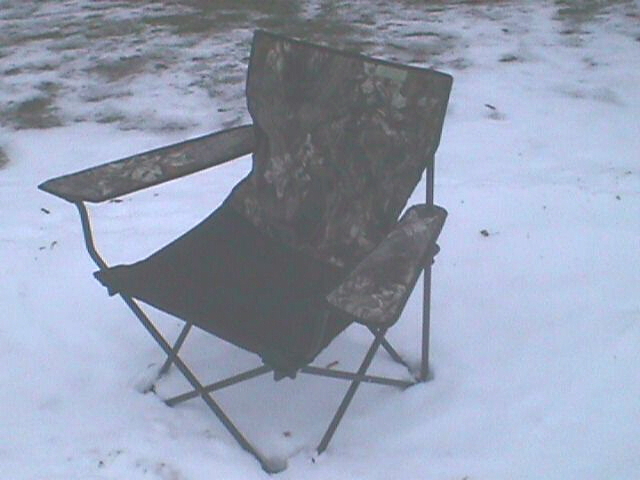|
|
Welcome to my turkey hunting tips page. This page will develop in time.
The tips I present have evolved from my time in the woods and fields. I hope that you, the reader, can use some of what you
read here to assist you in your future turkey hunting success...
1.) Safety:
Lots can be written about
safety while turkey hunting. I usually try to pick locations with little hunting pressure and presence from other hunters.
However, this is not always possible. To be safe, hunters should assume that other hunters may be present. This means that
stalking could result in disaster. It is OK to relocate on a bird, just make sure that you go about it in a safe manner (wear
orange and do not move through thick brush)
2.) Patience:
This is one of the most important factors
in turkey hunting. Your ability to sit for hours on end, no matter how boring, will result in downed birds. Here in New York,
the hunting day ends at noon, so a seven hour span is possible. My hunting logbook and records show that I bag most of my
birds at 10:20 AM. Let me tell you, it wasn't easy to sit there on some days. Tip # 3 (below) is how I do it...
3.)
Use a chair:
The true secret to my success is the fact that I use on of those fold out lounge chair to hunt
on weekends when I need to sit for hours. Don't get me wrong, for shorter pre-work hunts I use a small pad with my turkey
vest. However, after an hour my rear end gets uncomfortable. For this reason, I use the chair pictured below.

4.) Remove your sling:
I always remove the sling from the front of the shotgun. I do this because
I feel that the sling my move and be visible to turkeys at the moment of truth.
5.) Sit prepared for the shot:
If you are a right handed shooter, sit with your left shoulder slightly facing direction that you expect the turkey
to approach.
6.) Get to know your birds:
This may sound strange but if you know the behaviors of a
bird, it may work towards your advantage. Knowing travel routes and safety zones is huge in bagging tough to kill birds.
7.)
Rain is great:
Sure, I'd rather stay dry, but I like to hunt field edges anyway and rainy days seem to really
bring the birds to the fields. Hint: Use a camo umbrella to stay more dry. I like the Buckwing porducts
8.) Thunder
can be your friend:
As long as there is no danger of lighting, thunder can be a great ally. Gobblers love to sound
off to the distance roar of thunder and this can help you rlocate birds.
9.) Put them to bed?:
I do
not always have luck making birds sound off at night to my calls. I do not put much stock in the fact that if they do not
answer, then they are not there. Many, many times, I have tried to put them " to bed" and have no answer, and then gone back
the next morning to the sounds of eager gobbling.
10.) Sound like more than one bird:
I will often
use two calls simultaneously to lure in tough to call birds. If I feel birds are hanging up, I use a mouth diapragm and a
slate call together.
11.) Resist the urge to move:
This can be difficult. However, I feel that if you
try to move on birds they will bust you and the hunt will end. Many times, I feel it is better to let the birds go away undaunted
than to alert them. Sure, there are times when relocateing will work, but odds are that the stationary hunter will score more
than the mobile one. At least this is my experience hunting in areas where there not huge acreage available.
12.)
Bug Spray
Carry a can of bug spray in you vest at all times. You will not be sorry. You might as well be comfortable
and not swatting bugs as you await your bird.
|
|
|
|
|
|
|
|
|

